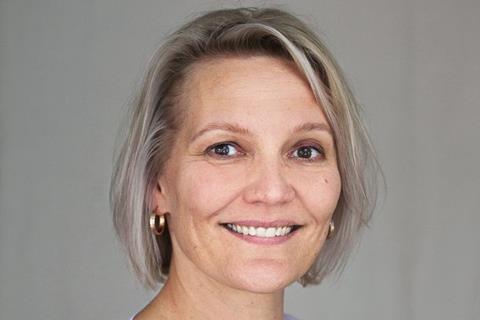
For the first time in its 23-year history, Industry@Tallinn & Baltic Event – the professional platform of Tallinn Black Nights Film Festival – closed accreditations prior to the festival, having reached the capacity available in the city’s Nordic Hotel Forum.
“The hotel can’t host more people,” says head of industry Marge Liiske, who is preparing to welcome 700 on-site industry guests, with 60 on-site student accreditations, and another 50 people online.
“We would happily accept more people online. but they want to come physically!” says Liiske, adding they have turned down applications since they closed at the start of November.
“We present 76 projects,” she expains. “If it were just the conference and meeting rooms we could manage, but we also have a lot of participants without projects who just want to meet with industry. Even if people sit in the lobbies in the Tallink and Nordic [the festival’s two main hotel venues], it’s still small.”
This year’s Industry@Tallinn & Baltic Event runs from November 15-22. It begins with the short film activity from Friday 15, ahead of the TV Beats forum on Monday 18 and Tuesday 19; before the feature film work gets underway mid-next week.
Ten workshop sessions feature the term ‘AI’ in their titles; while there will also be discussions on European public funding, and filmmaking in exile. This year features two new awards – a €25,000 prize for the project that will make best use of virtual production, and a €4,000 prize for best Estonian project – as well as returning strands for Works in Progress, Co-Production Market and the Black Nights Stars talent showcase.
All the pitching sessions will also be open to industry votes, whereby attendees can select their favourite project, which will be announced on stage at the industry ceremony.
On Monday, November 18 the industry strand will become among the first Estonian institutions to receive Greentime’s Certified Sustainable Event certificate – and Liiske believes one of the first film markets anywhere – while it has demonstrated further commitment to the future by adding a dedicated sustainability officer, with a separate diversity and inclusion role (previously under one job).
Why have you reduced the number of Works in Progress, from 13 last year to 11 this year?
Even if the submissions were more than before, we celebrate fewer projects to give more exposure to each project. Before it was eight minutes per project; now it’s 15. But also, many Baltic international co-productions were delayed – some projects that were hoping to be ready will be next year [instead].
Which country or region looking particularly strong for projects this year?
We definitely have more German projects and a strong German presence due to the German focus and the regional funds we have on-board. Once we’ve held all the pre-curated meetings [informal discussions taking place before the official industry programme], we’ll see which projects are more connected, to see who has been more in demand.
Inflation remains high in Estonia; how are you managing your budget?
We are in slightly better shape, because the new Creative Europe Media contract is to cover 70% of the budget, instead of 60% that was in previous calls. But for that money to be unlocked, we need to have the matching funds, so we need that other part of the budget. Prices have gone up, which we feel when organising events. We are happy to have sponsorship partners; but even there, entrepreneurs face difficult times. The number of direct flights to Tallinn has decreased because of the contract of the national airline company. This is influencing our budget and guests. This year, it’s OK. Next year promises to be more difficult, but we will always prioritise the programme.
Film finance models are changing worldwide, with a reduction in expenditure from major studios and platforms. How is this affecting the Baltic industry?
Baltic countries never enjoyed financing from streaming companies. Our broadcasters don’t have big budgets. So it has always been public funding, and relying on partner sponsorship and cash rebates. This is why we have these talks [in the industry programme] – are there new kinds of finance flowing in? How about easing the work of producers, or post-production with virtual production? How would funds respond to, for example, a script written or developed by ChatGPT or another AI programme? It’s necessary for producers to understand where the funds stand, because often they are from different parts of the table. It’s a dialogue.
You have many AI workshops on the programme – what do you hope to discover through those?
These are workshops on what applications are available for filmmakers using generative AI as a tool – how it can power creative writing, brainstorming, script development. We hope it helps professionals to better use those tools. There is a lot of fear, and in some cases it may become true that people lose jobs. But we can’t stop it by saying ‘hear no evil, see no evil, speak no evil’. No. Either you are part of it, and you deal with it; or it deals with you. So we prefer to take that more proactive position.
What did you learn from last year’s inaugural JustFilm [the youth-focused festival spin-off] Industry Days?
We want to cultivate a mix of children’s and regular industry. We incorporated children and youth film projects in our co-production market, without drawing a line. Children are your next customers, you need to understand what they watch, what they consider to be films. Is this one minute on TikTok a film? Yes, for them. If we want to produce for future audiences, we need to better understand how they see the world.



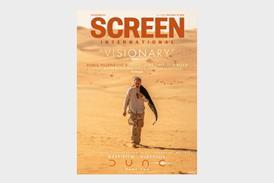
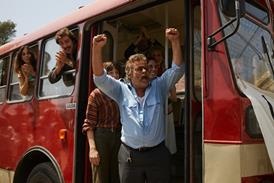

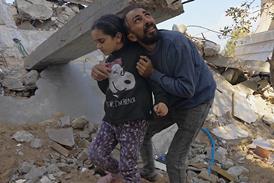


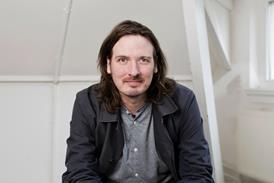

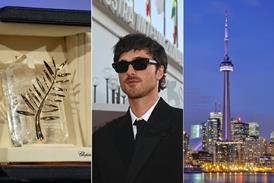












No comments yet